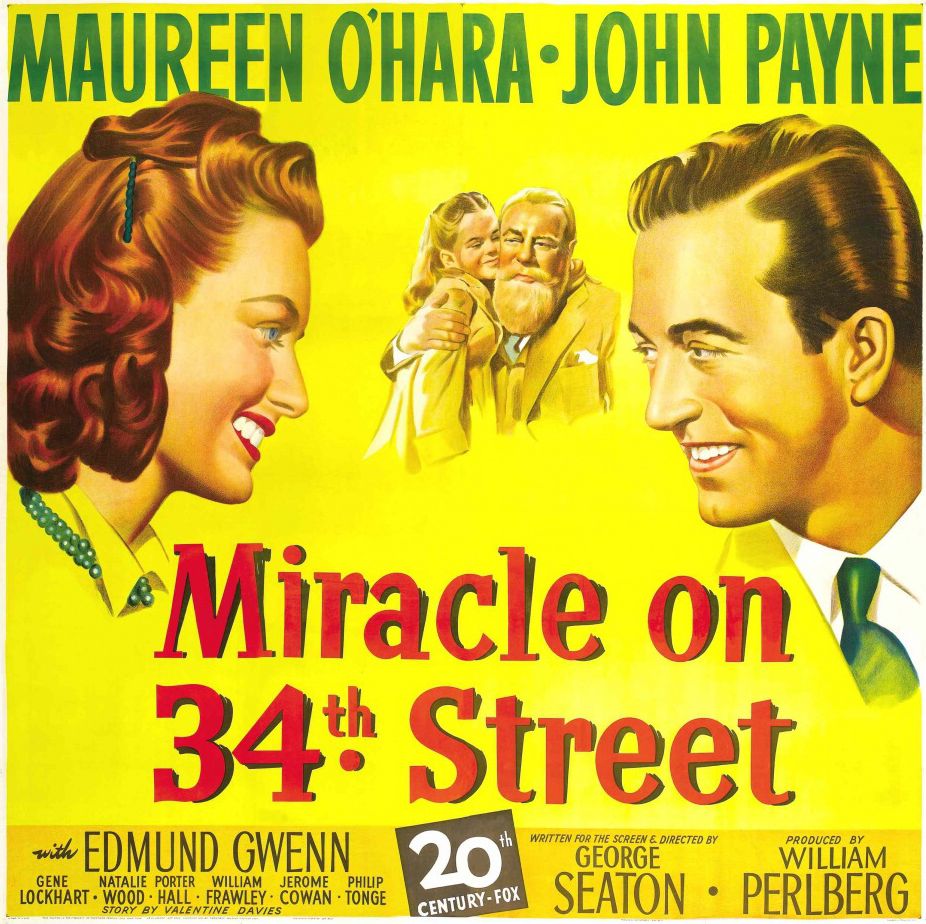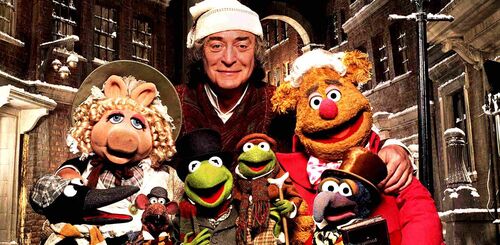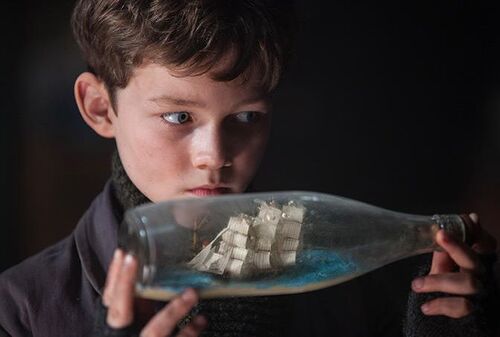
Festive Favourites - A look back at Miracle on 34th Street (1947)
 I have a confession to make. I have never seen the Richard Attenborough-starring, 1994 remake of Miracle on 34th Street. Truth is, I’ve never felt the need to see it due to my love of the 1947 original which, just like It’s A Wonderful Life, I struggle to see how it could ever be improved.
I have a confession to make. I have never seen the Richard Attenborough-starring, 1994 remake of Miracle on 34th Street. Truth is, I’ve never felt the need to see it due to my love of the 1947 original which, just like It’s A Wonderful Life, I struggle to see how it could ever be improved.
Influential in the sense that without it, we probably wouldn’t have other festive fare such as Elf or the more recent Get Santa; Miracle on 34th Street is about as charming and as memorable as they come, which is surprising to a degree as in truth, there’s very little Christmas magic involved.
In fact there’s hardly any of the imagery we associate with the season at all; we never see the North Pole and there isn’t an elf in sight, which is unique for a film of this kind and is what sets it apart from others.
Arguably the best part about the film is the sense of realism that writer/director George Seaton creates, keeping the story firmly grounded in reality that in a way actually represents the central theme of this Christmas tale, which is all about imagination versus reality, head versus heart.
Edmund Gwenn plays Kris Kringle in a role that would land him an Oscar for best supporting actor. We’re introduced to him on the day of thanksgiving when he happens upon a drunken Santa Claus from the Macy’s parade and kindly offers his Claus like appearance as a replacement.
A hit with the the public, and Macy’s staff, he is hired as a permanent replacement to the in store Santa, something he embraces as an opportunity to check on the current state of Christmas; something that has been worrying him for quite some time.
It isn’t until he’s employed that department manager Doris Walker discovers that he actually believes that he is St. Nick himself and his mental health shortly becomes a concern. This forms of the crux of the story with the question of whether Kringle is indeed Santa making it into the court room and becoming a national sensation.
We’re never given the answer to the films central question and left to make our own decision as to whether we think Kris is or isn’t Father Christmas, a bold decision that again ties into the central conflict of the picture. Whilst its heartwarming ending hints at the answer, there is still room for debate and Seaton seems to take a more philosophical approach to Christmas in saying that the answer doesn’t really matter.
What I think he really wants to get across is the fact that kindness and goodwill to your fellow man is a magical thing regardless of the involvement of actual magic, and that a persons mindset can perhaps reveal signs that they could have been missing all along.
This plays out through the brilliantly defined characters that take centre stage, particularly Doris Walker and her child Susan, played by Maureen O’Hara and Natalie Wood respectively. Not only is it great to see a female character in an empowered position (especially for the time it was made), but her relationship with her daughter that she has essentially raised dreamless, is one that could make for an interesting film all in itself.
With charming performances and a clever, harmless sense of humour; Miracle on 34th Street is an annual staple that never gets old. It is much more than a simple Christmas movie though, dealing with wider themes of economics and politics whilst telling a human and personable story as well. For this alone, it is sorely underrated compared to the Home Alone’s and Elf’s of our generation and deserves a lot more credit for taking a different and distinctive approach to the festive season.


